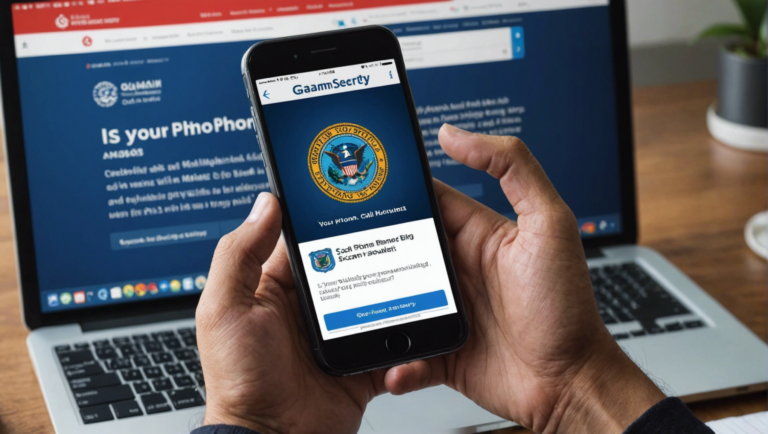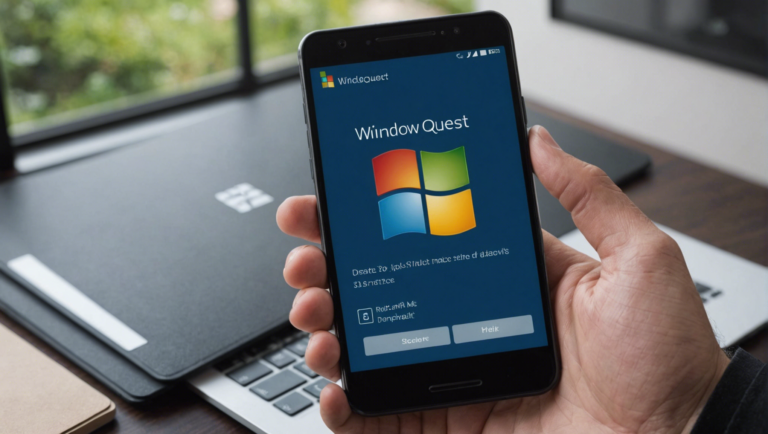Are Santander Customers Risking Scams on Facebook Marketplace Despite Warnings?
In a digital age where online scams run rampant, Santander customers find themselves at a crossroads on Facebook Marketplace. Despite repeated warnings and alerts, the allure of enticing deals and quick transactions often outweighs the potential risks involved. Now, more than ever, it is crucial to delve into the intricacies of this precarious dynamic to safeguard the financial well-being of consumers.
The Rising Threat of Facebook Marketplace Scams
Facebook Marketplace has grown into a popular platform for buying and selling items, but it has also attracted scammers who exploit unsuspecting users. Santander, a major financial institution, has been actively warning its customers about the risks associated with online transactions. However, many customers seem to be ignoring these warnings and continue to fall victim to scams.
Santander’s Fraud Protection Measures
To combat the increasing number of purchase scams, Santander introduced new fraud protection measures before Christmas. These measures have proven effective, preventing over 1,800 customers from potentially falling prey to scams. The bank has developed a system that prompts customers with a series of tailored questions during the transfer process to verify their purchase legitimacy.
How the Measures Work
The dynamic fraud warnings come into play when a customer attempts to transfer money via mobile or online banking for purchasing an item on Facebook Marketplace. If the customer has not seen the item in person, the transaction is halted. Customers are then encouraged to either view the item in person or opt for a more secure payment method, such as a debit or credit card.
Statistics: A Mixed Bag of Success
Between December 5, 2023, and May 13, 2024, Santander’s measures prevented 1,899 customers from proceeding with their purchase after they acknowledged not having seen the item in person. However, an additional 7,950 customers initially faced transaction blocks but later confirmed in-person viewings. Alarmingly, 240 of these individuals later reported falling victim to a scam.
During this period, a total of 439 Santander customers reported losses amounting to £284,000, averaging £647 per person. Among these victims, 263 had modified their responses to bypass the fraud prevention measures.
Why Customers Evade the Protection
Chris Ainsley, head of fraud risk management at Santander, highlights the manipulative tactics of fraudsters. In many cases, criminals exert pressure on their targets, urging them to change their answers to proceed with the purchase. This behavior indicates a high level of influence and deception exercised by scammers.
Warning Signs of a Purchase Scam
Ainsley advises customers to watch out for specific red flags:
- Not seeing the item in person before purchase
- Being pressured into making a payment via bank transfer
- Being instructed to lie to the bank about the nature of the purchase
These signs should prompt immediate caution among buyers to prevent falling into the scam trap.
Staying Safe on Facebook Marketplace
To avoid becoming a victim, customers should adhere to the following guidelines:
- Always verify the authenticity of the item by seeing it in person.
- Use secure payment methods like debit or credit cards.
- Be wary of transactions that require urgent payment or secrecy.
- Report any suspicious activity to both your bank and the marketplace platform.
By following these practices, customers can significantly reduce their risk of falling victim to scams on Facebook Marketplace.
Source: www.finextra.com






